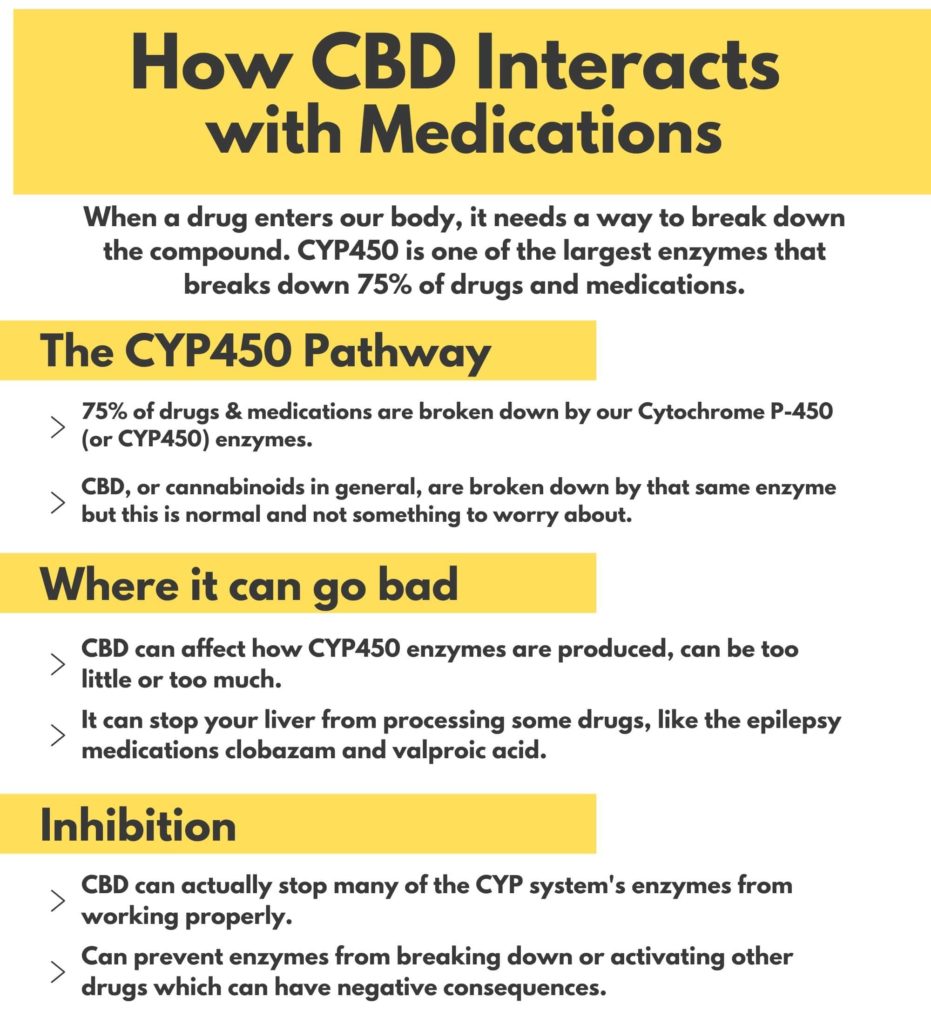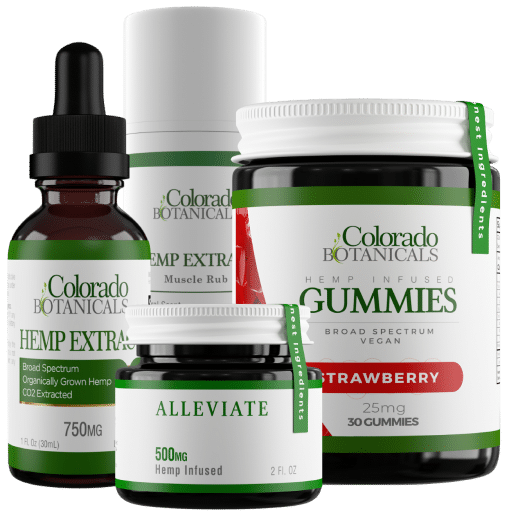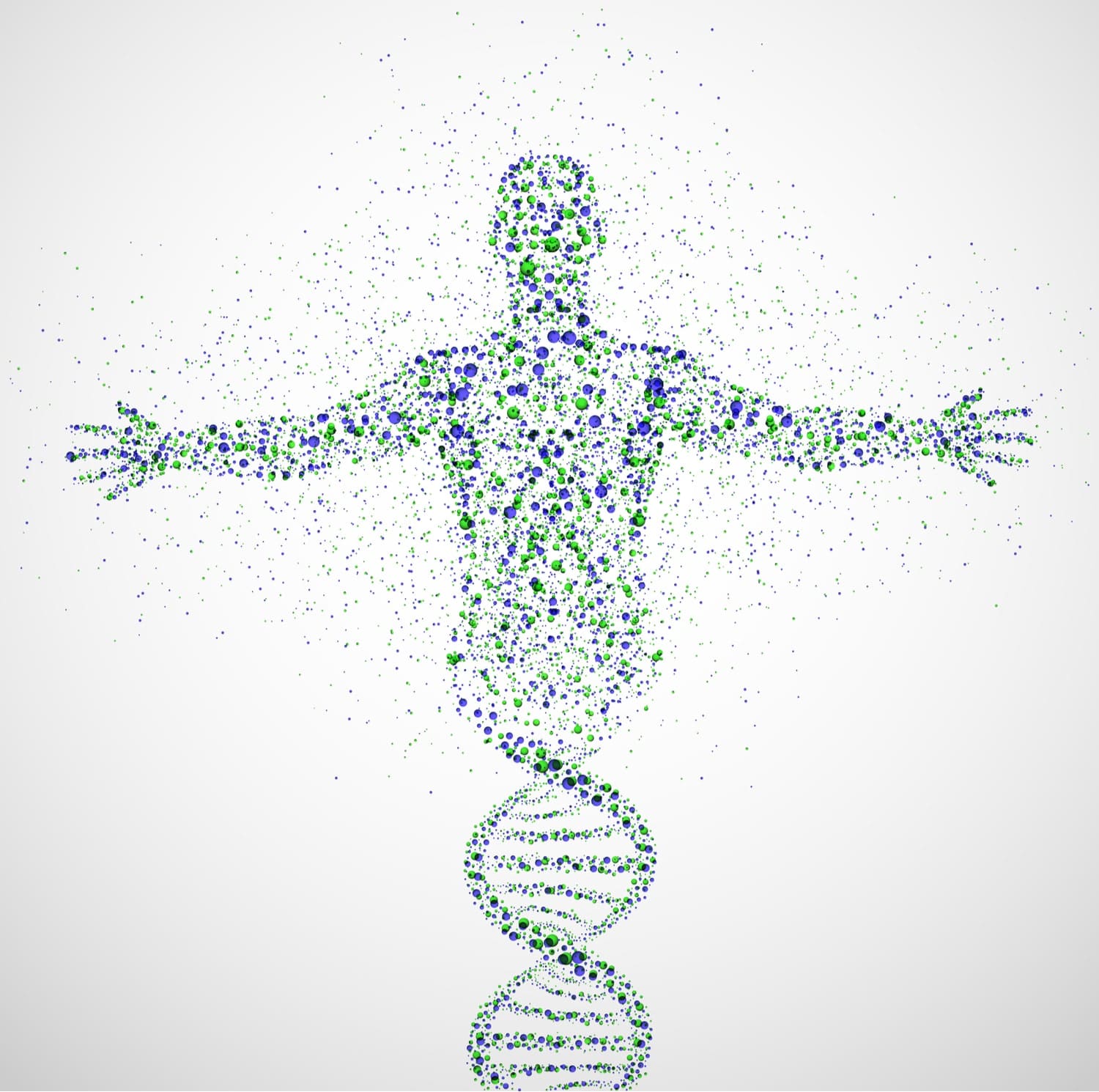CBD is phenomenally popular right now. It’s being used to treat pain, anxiety, epilepsy, psychosis, and even neurodegenerative diseases like Alzheimer’s and Parkinson’s. It’s been called a “wonder drug,” without irony, and it has essentially no known downsides. It is readily available and easy to take.
At the same time, it’s important to be aware that CBD can interact with some medications. Taking it at the same time as other drugs can affect CBD’s dosage and effects, and can even change how your body breaks it down.
This article is your guide to safely taking CBD alongside your other medications and supplements. First, it has a quick overview of how CBD interacts with other drugs in your body, and then it lists the most common drugs that interact with CBD, and which you should be careful about taking at the same time. If you want to skip ahead, you can find the list here.

The CYP450 Pathway
Once a drug enters your system, its molecules are circulated through your blood and interact with your cells and tissues, doing whatever it is they’re supposed to do. Painkillers reduce pain signals and can stop swelling, antidepressants interact with brain cells to change your brain chemistry, and so on.
Once they’ve done their work, your body needs to get rid of the drug molecules. Too much of any drug in your bloodstream is toxic, and can start to harm your body.
Your body uses all kinds of systems to get rid of drugs, and the most important of these are enzymes–chemicals that break down other chemicals. The largest set of enzymes are the cytochrome p-450 group (or CYP450), which are responsible for breaking down about 75% of the medications and recreational drugs that we take.
CBD and the CYP450 Pathway
CBD interacts with the CYP450 system in three ways. First, some of the enzymes in the system are responsible for breaking down CBD molecules, as they are for molecules of other drugs. That’s normal–nothing to worry about there.
Second, CBD can affect how CYP450 enzymes are produced by your liver, making it produce not enough of some enzymes or too much of others. This can stop your liver from processing some drugs, like the epilepsy medications clobazam and valproic acid.
Third, and most importantly, CBD can actually stop many of the CYP system’s enzymes from working properly. This is called “inhibition,” and it can cause problems if it prevents the enzymes from breaking down other drugs. Sometimes, the enzymes are responsible for activating other drugs instead, but the same problem comes up–if CBD stops the enzyme from working, then it doesn’t do its normal job, and the other drug won’t behave normally, which can have negative consequences.
For instance, there’s a group of antidepressants called selective-serotonin reuptake inhibitors, which include drugs like citalopram, norfluoxetine, and sertraline. Normally, an enzyme called CYP3A4 breaks down molecules of those drugs, making sure they don’t build up to unsafe levels that can damage cells or tissues. CBD inhibits CYP3A4, though, which means that taking CBD and sertraline at the same time could be dangerous. CYP3A4 wouldn’t break the sertraline down, and it would accumulate for far too long.

It’s worth noting that CBD isn’t the only thing that does this. The herbs St. John’s Wort and goldenseal can also stop CYP450 enzymes from working properly, as can grapefruit and starfruit juice, and even tobacco.
Drugs that Interact with CBD List
That brings us to our list. Remember, the general rule is that you need to be careful taking CBD at the same time as any drug or medication that gets processed by CYP450 enzymes. If you’re thinking about doing so, be sure to check with your doctor first.
Here are the most common of those drugs and medications. They include many painkillers, anti-inflammatories, antipsychotics, antidepressants, anticonvulsants, statins, opioids, and other groups.
- Alcohol
- Alprazolam (Xanax)
- Amitriptyline (Elavil)
- Amlodipine (Norvasc)
- Carbamacepin (Tegretol, Equetro)
- Carisoprodol (Soma)
- Celecoxib (Celebrex)
- Chlordiazepoxide (Librium)
- Chlormethiazole (Heminevrin)
- Chlorzoxazone (Lorzone)
- Clarithromycin (Biaxin)
- Clobazam (Onfi)
- Clorazepate (Tranxene-SD)
- Clozapine (Clozaril, FazaClo)
- Codeine (Tylenol)
- Cyclosporine (Sandimmune)
- Desipramine (Norpramin)
- Dexamethasone (Decadron)
- Diazepam (Diastat, Valium)
- Diclofenac (Cataflam, Voltaren)
- Disulfiram (Antabuse)
- Erithromycin
- Erlotinib (Tarceva)
- Eslicarbazepine acetate (Eslicarbazepine)
- Estazolam (ProSom)
- Fentanyl (Duragesic, Sublimaze)
- Fexofenadine (Allegra)
- Flecainide (Tambocor)
- Flurazepam (Dalmane)
- Flutamide (Eulexin)
- Glipizide (Glucotrol)
- Halazepam (Pazipam)
- Haloperidol (Haldol)
- Halothane (Fluothane)
- Ibuprofen (Motrin)
- Imipramine (Tofranil)
- Itraconazole (Sporanox, Onmel)
- Ketamine (Ketalar)
- Ketoconazole (Nizoral, Extina)
- Ketoconazole (Nizoral)
- Klonipin (Clonazepam)
- Lansoprazole (Prevacid)
- Lorazepam (Ativan)
- Losartan (Cozaar)
- Lovastatin (Mevacor)
- Meloxicam (Mobic)
- Methoxyflurane (Penthrox)
- Metoprolol (Lopressor, Toprol XL)
- Morphine
- Nelfinavir (Viracept)
- Nifedipine (Adalat CC, Procardia XL)
- Omeprazole (Prilosec, Omesec)
- Ondansetron (Zofran)
- Orphenadrine (Norflex)
- Oxaliplatin (Eloxatin)
- Oxezepam (Serax)
- Pantoprazole (Protonix)
- Paroxetine (Paxil)
- Pentobarbital (Nembutal)
- Phenobarbital (Luminal, Solfoton)
- Phenytoin (Dilantin)
- Piroxicam (Feldene)
- Progesterone (Endometrin, Prometrium)
- Propofol (Diprivan)
- Propranolol (Inderal)
- Quazepam (Doral)
- Rifampicin (Rifadin)
- Risperidone (Risperdal)
- Ritonavir (Norvir)
- Rufinamide (Banzel)
- Secobarbital (Seconal)
- Temazepam (Restoril)
- Testosterone
- Theophylline (Theo-Dur, Theo-24, Theocron, Elixophylline)
- Thiopental (Pentothal)
- Topiramate (Topamax)
- Tramadol (Ultram)
- Triazolam (Halcion)
- Valproic acid (Depacon)
- Venlafaxine (Effexor)
- Verapamil (Calan, Isoptin, others)
- Warfarin (Coumadin)
- Zonisamide (Zonegran)
What Happens if You Take CBD with Medications?
The consequences of taking CBD oil with medications depend on the medicine in question. Many are unaffected by CBD, but many drugs metabolized with certain cytochrome P450 enzymes can lead to adverse effects when mixed with cannabidiol.
The Grapefruit Test
As we mentioned earlier, the same medications that interact with CBD also maybe be similarly impacted by grapefruit (among other fruits).
These medications should have warning labels about fruits and other substances. If you’re instructed to avoid grapefruit, then it’s likely you’ll need to avoid CBD.
Are There People Who Should Not Take CBD?
Like all supplements, CBD isn’t right for everyone. We strongly recommend you do your research and carefully choose a reputable vendor. Unfortunately, trial and error is the only method to learn how CBD works for you.
If you notice strange or unpleasant effects, discontinue CBD immediately.
Do CBD Creams and Inhaled CBD Reduce the Risk of Drug Interactions?
CBD’s interactions with prescription medications boil down to one problem: the liver. But what if we could consume CBD without using our liver? CBD would function safely, regardless of other prescription or over-the-counter medications used.
Fortunately, there are alternatives.
Inhaled CBD
Smoking or vaping are common options for many CBD users. Unlike ingested CBD, inhalation passes the compounds through your lungs and into the bloodstream.
Not only does this eliminate concerns about CBD’s drug interactions, but it also offers the fastest onset of therapeutic effects.
However, while the onset of the effect is fast, the duration is also short – usually around two to three hours.
It’s also important to weigh the potential health benefits of inhaled CBD with the possible health effects of smoking.
Topicals
Topicals are unique because they don’t enter the bloodstream. Intended for external use, topicals include creams, chapstick, balms, bath products, and more.
Unlike ingestion or smoking, topicals offer a focal effect. Rather than distributing CBD throughout the body, these external CBD products concentrate their therapeutic effects on a specific area. For instance, some people apply CBD cream to a sunburn or swollen joint.
The effects usually begin quickly, although you may need to apply frequently for more severe symptoms.
If focal relief is what you need, consider topicals. However, they’re not appropriate for those who need a cerebral or full-body effect.
Has Anyone had Life-Threatening Drug Interactions with CBD?
A few life-threatening drug interactions with CBD have been recorded in studies. Past research indicates that, without intervention, it’s possible for prescription drugs to have life-threatening interactions with CBD.
For instance, in a 2019 study about CBD’s effectiveness against severe epilepsy, researchers discovered elevated liver function for some patients using certain drugs. One drug, in particular, the antiepileptic drug (AED) valproate (valproic acid), had a dangerous effect on the liver. According to the study:
The intake of concomitant CBD and valproate resulted in high levels of AST and ALT. Liver function tests showed elevated damage greater than three times the normal limit in four children who dropped out of the study, while the damages of about twice the upper normal limit in eight adults were resolved with valproate withdrawal. (Silvestro et al., 2019).
Talk to Your Health Care Professional Before Taking CBD with Medications
It’s fantastic if you’re thinking of changing your lifestyle for the better, but remember that not all supplements work well for everyone. It’s important to consider interactions with other supplements or prescription drugs.
Don’t add CBD or any supplements to your health routine without talking to a licensed health professional.
Conclusion: What Drugs Should Not Be Taken with CBD?
There’s no comprehensive list of every medication. We at least know that drug interactions involving the CYP450 enzyme family pose a risk to CBD users taking certain prescription or over-the-counter drugs.
Realistically, it’s going to be a long time before we fully understand the benefits and risks of CBD. As always, we strongly suggest that you seek medical advice.
References
FASS VÃ¥rdpersonal. (2019). “Sativex.” Medication database. Retrieved from https://www.fass.se/LIF/product?userType=0&nplId=20101019000051#interaction
Hazekamp, A. (2018). The trouble with CBD oil. Medical Cannabis and Cannabinoids, 1(1), 65-72.
Hurd, Y. L. (2017). Cannabidiol: swinging the marijuana pendulum from ‘weed’ to medication to treat the opioid epidemic. Trends in Neurosciences, 40(3), 124-127.
Kroon, L. A. (2007). Drug interactions with smoking. American Journal of Health-System Pharmacy, 64(18), 1917-1921.
Masubuchi, Y., & Kawaguchi, Y. (2013). Time?dependent inhibition of CYP3A4 by sertraline, a selective serotonin reuptake inhibitor. Biopharmaceutics & Drug Disposition, 34(8), 423-430.
Samer, C. F., Lorenzini, K. I., Rollason, V., Daali, Y., & Desmeules, J. A. (2013). Applications of CYP450 testing in the clinical setting. Molecular Diagnosis & Therapy, 17(3), 165-184.
United States National Library of Medicine. (2018). “Cannabidiol.” MedLine Plus. Retrieved from https://medlineplus.gov/druginfo/natural/1439.html
Zendulka, O., Dovrtelová, G., Nosková, K., Turjap, M., Sulcová, A., Hanus, L., & Jurica, J. (2016). Cannabinoids and cytochrome P450 interactions. Current Drug Metabolism, 17(3), 206-226.
Keywords: cbd dosage cbd effects medical benefits of cbd cbd for seizures cbd for anxiety cbd for pain cbd products does cbd interact with other medications does cbd interacts with medications cbd interactsions with other drugs what drugs can be taken with cbd antidepressants statins beta-blockers vyvanse ibuprofen adderall benadryl baclofen trazodone predinizone









